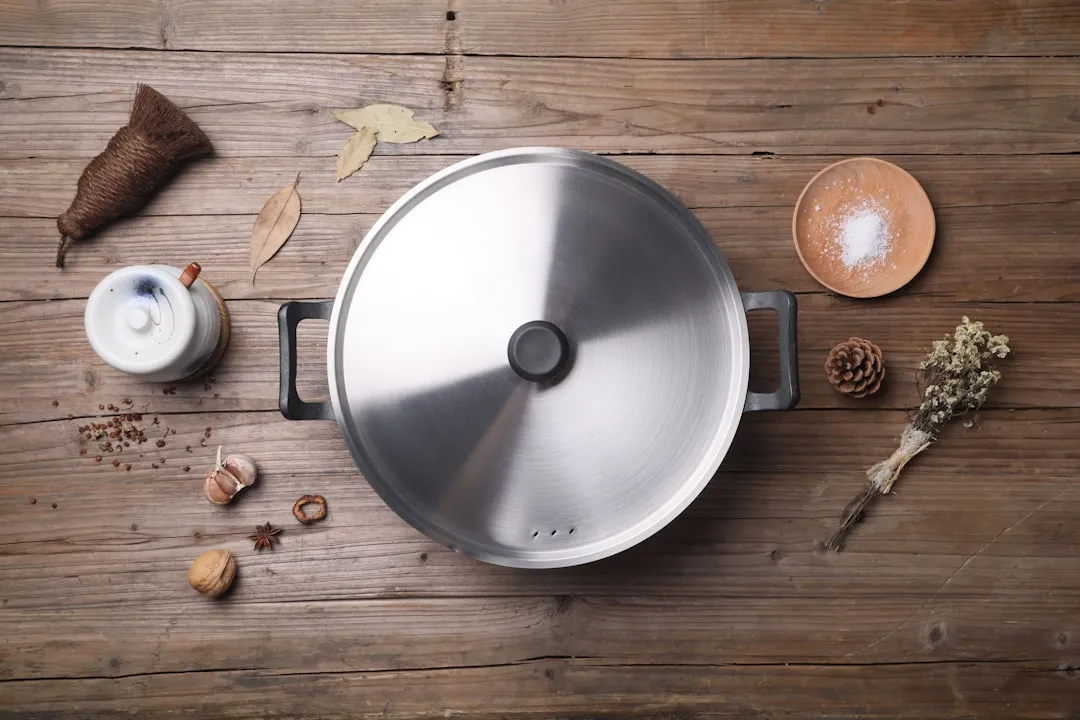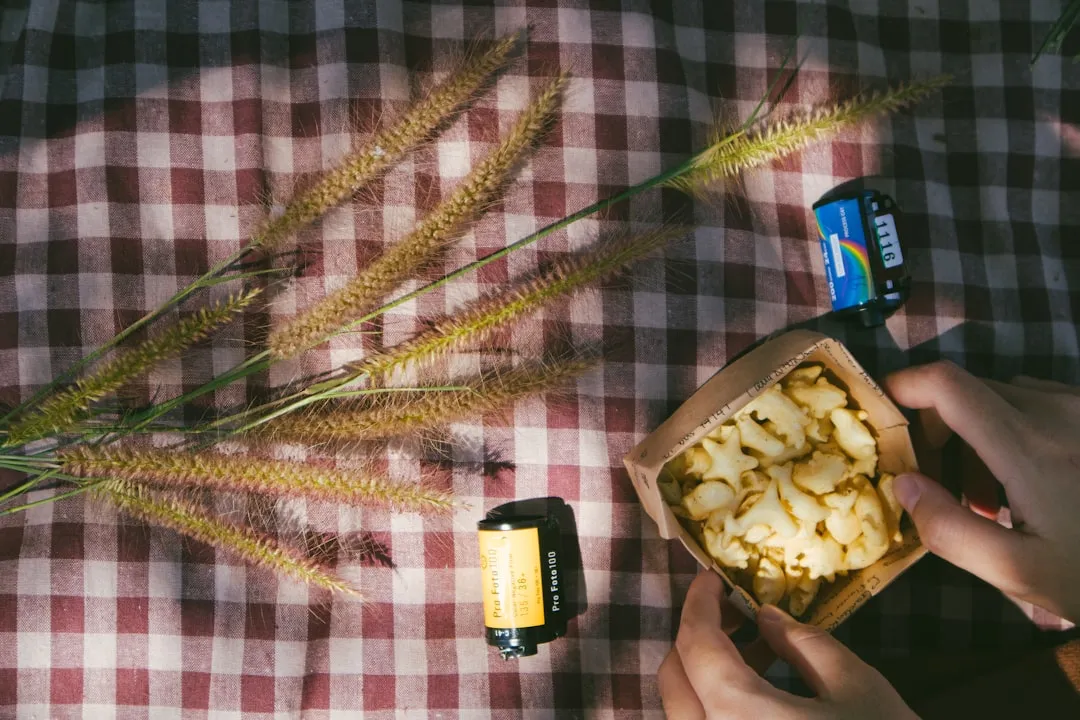The balanced and refreshing taste of a cocktail should always entice you into another sip. You'll know you're drinking something of quality when no specific ingredient, including booze, dominates its taste. A great cocktail can even mirror a great meal by exhibiting flavors like fruit, smoke, and herbs. And adding these flavors while making cocktails at home isn't hard at all.
To make cocktails with herby flavors, you could simply muddle herbs directly into your drink. This releases the oils in the leaves and gives you a hint of mint or whatever herb you choose. But nowadays most craft cocktail bars save time by making infusions. This gives them greater flexibility in the types of drinks they can make. That same idea comes in handy when you have people over to your home for parties or dinners. By infusing like a pro, you're elevating your home cocktails.

Most places infuse their spirits, but the problem with that approach is that it's limited. Not everyone will want a gin or rum cocktail flavored with a specific herb. A better idea is to infuse your simple syrup. That way you are letting your guests pick what they'd like to drink and then layering your refreshing flavor on top of everything. Follow these easy steps to make infused simple syrups and you can create next-level cocktails.
Gather Your Herbs
Be sure to use fresh herbs. To be truly economical, you can grow (or even regrow them. (You don't need a large kitchen or garden, you can grow them on windowsills or anywhere that sunlight penetrates.)
Making infused simple syrup is particularly useful if you've harvested too many herbs or have leftovers from a recipe that doesn't use up all that you bought. Be sure to wash them before cooking. Some great herbs for syrups include mint, basil, rosemary, thyme, lemongrass, lavender, tarragon, or lemon verbena. And this recipe also works with other common ingredients like cinnamon, fruits (including chiles and peppers) and their zests, candy, or even curry!

Stick to the Formula
The simple formula for a thick (also called rich) simple syrup is a 1:1 ratio of water to sugar, which is what we recommend using here. (FYI, a medium-rich syrup uses a 2:1 ratio and a thin syrup a 3:1.) So, for example, one cup of sugar should be dissolved in one cup of water. Any sugar will do, but keep in mind that the coarser the granules, the less sugar you'll actually have, unless you do it by weight.

Granulated and superfine sugar will dissolve most quickly, so try to use those. There is also something called (a little confusingly) rich simple syrup or rock candy syrup that increases the ratio to two parts sugar for every one part water. But that's really for bars who want to save their bartenders some time and unnecessary for the purposes of this hack.
Turn Up the Heat
You'll want to heat up your water before adding the sugar. Among the many ways you can do this is putting a pot of water on a stovetop. Microwaving water in a bowl also works. An electric or traditional tea kettle is also useful. What bars in restaurants often do is use the hot water spigot on either a tea machine or an espresso maker. Just make sure that whatever container you're using can handle the heat. Avoid plastic containers, which might melt, and be careful not to burn yourself with anything metal.

Add Sugar, Stir, Then Add Herbs
The higher the heat, the more easily your sugar will dissolve, so add your sugar to your hot water, and stir or whisk until it is completely dissolved. At that point, add your herbs to the master container of syrup. Let it sit for two hours to cool down and cover it if flies are an issue. (They'll smell that sweet goodness and want to get in there!) If you're making several flavored syrups at once, separate the syrup into different containers before adding the herbs.




Strain Out the Herbs
A fine mesh sieve will be needed to strain out the herbs or remnants from your new herbed syrup. The syrup will have assumed the color of your herbs, which is a nice touch. Pour out the syrup into whatever sterilized container you have ready. You can pour it into squeezable bottles or even glass ones with spigots if you're planning to mix drinks immediately.

A great idea is to put them in nice jars and use them for gifts. Your new syrups can be stored from one to six months depending on the type of infusion (sugar has historically been used as a preservative). As a rule of thumb, infuse the syrups as close to using them as you can to preserve the freshness of the herbs or whatever flavoring you chose.

Be Creative in Your Combos
Discovering which flavor combinations work with your new syrups is part of the fun. Obviously the mint-infused syrups work well with mojitos and mint juleps, but be adventurous and find other cocktails that will be enhanced by your infused syrups. I've found that rosemary works well with rum, and thyme is surprisingly well-suited to tequila. Another great tip to remember for your herbalicious cocktails is to pair them up with whatever's on the menu or match them with seasons or holidays.
Alternately, Make Cold Simple Syrup
You can also make syrup without heat, though the process is more labor intensive. That's because you can dissolve the sugar either by agitation (in, say, a sealed jar) or by stirring. Some people say that this method prevents the sugar from separating into fructose and sucrose, which retains the sugarcane flavor. You can add your herbs to this method, but understand that this method will take much longer than the heated one above and should only be done if a heat source isn't available.
Or Use a Cream Whipper
A new method was recently discovered that not only yields infused simple syrups but also infuses spirits. The biggest benefit is how quickly the process happens: it takes two minutes at most and involves using a cream whipper canister.
The canister is something that most restaurants have but aren't found in most home kitchens. They can run you anywhere from $40 to $100+ (not counting the cost of the cartridges, which are about a dollar each), so consider getting one if you plan to regularly make whipped creams or foams for dessert and cooking. You simply add the herbs and syrup to your can and fire the whipper until the nitrous oxide is gone. Check out this tutorial from Molecular Recipes to see how it's done.
What the whipper does is pressurize the herbs into the syrup which speeds up the infusion significantly, negating the need to wait for two hours or more like the other methods. Open up the canister and strain out the herbs in minutes.
Make the Most of Your Cocktails & Fresh Herbs
Liven up your liquor cabinet by getting a bottle of cachaça, pisco, or aguardiente. Once you learn the golden ratio, you'll be able to make a great cocktail without needing a recipe. Unsure how to buy or treat fresh herbs? Then check out this guide on how to select, store, and prep them along with how-to on extracting more flavor and preserving fresh herbs easily at home.
Photos by Mario Hernandez/Food Hacks (unless otherwise specified)



























Comments
Be the first, drop a comment!